Nishinoshima erupts ash up to 8 300 m (27 230 feet) a.s.l. – highest since 2013, Japan
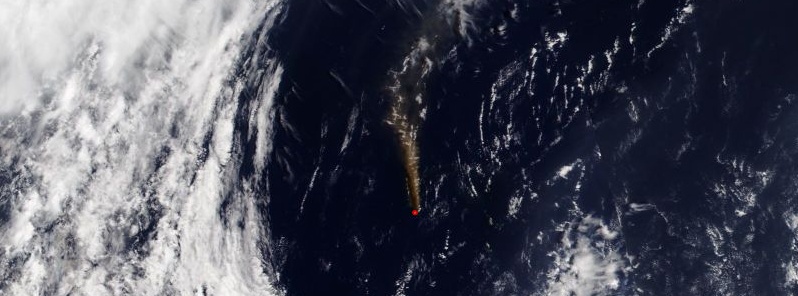
A column of volcanic ash produced by Japanese Nishinoshima volcano rose up to 8 300 m (27 230 feet) above the sea level on July 4, 2020– its highest since 2013, the Japan Meteorological Agency (JMA) confirmed on July 6.
Volcanic activity at the volcano surged in June 2020, with frequent explosions and lava flows.
When the Japan Coast Guard (JCG) observed the erupting volcano on June 29, dark smoke was reaching at least 3 400 m (11 155 feet) above the summit, and the volcano's central crater had expanded in a south-westerly direction. Lava flowed down the southwest coast and into the sea.
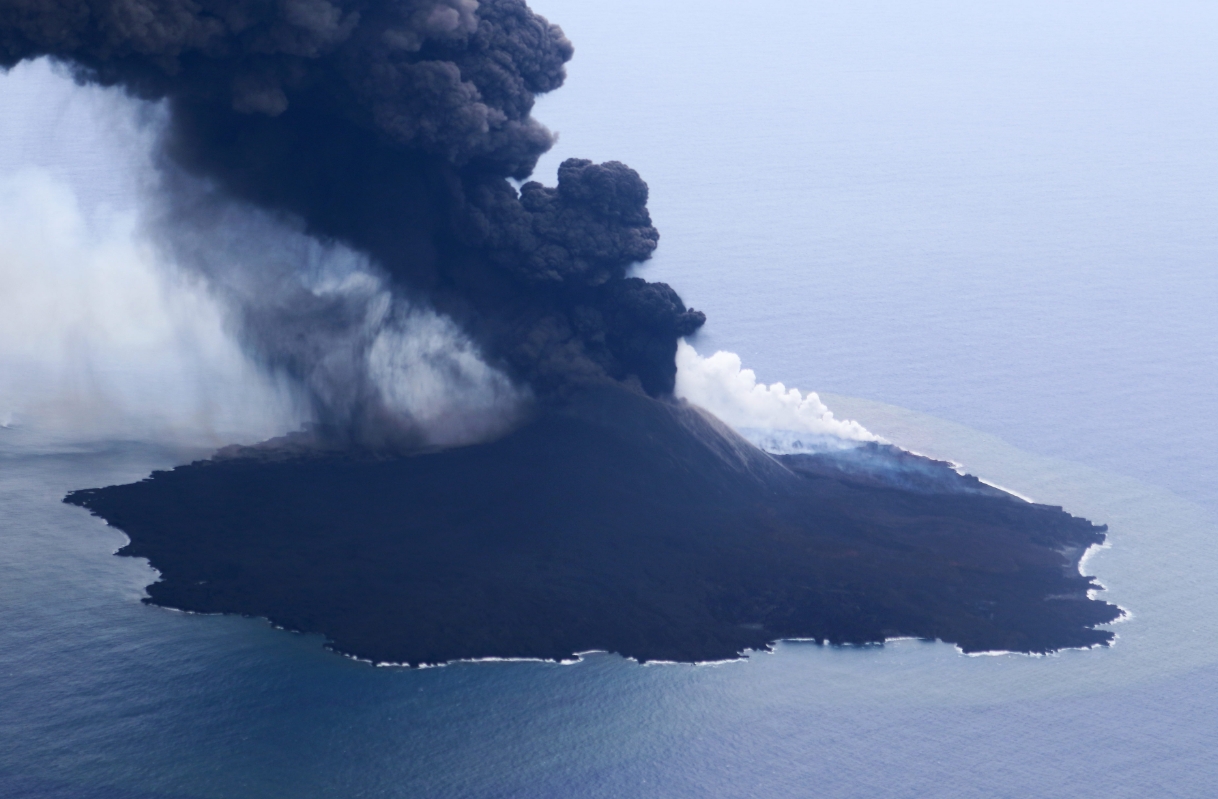
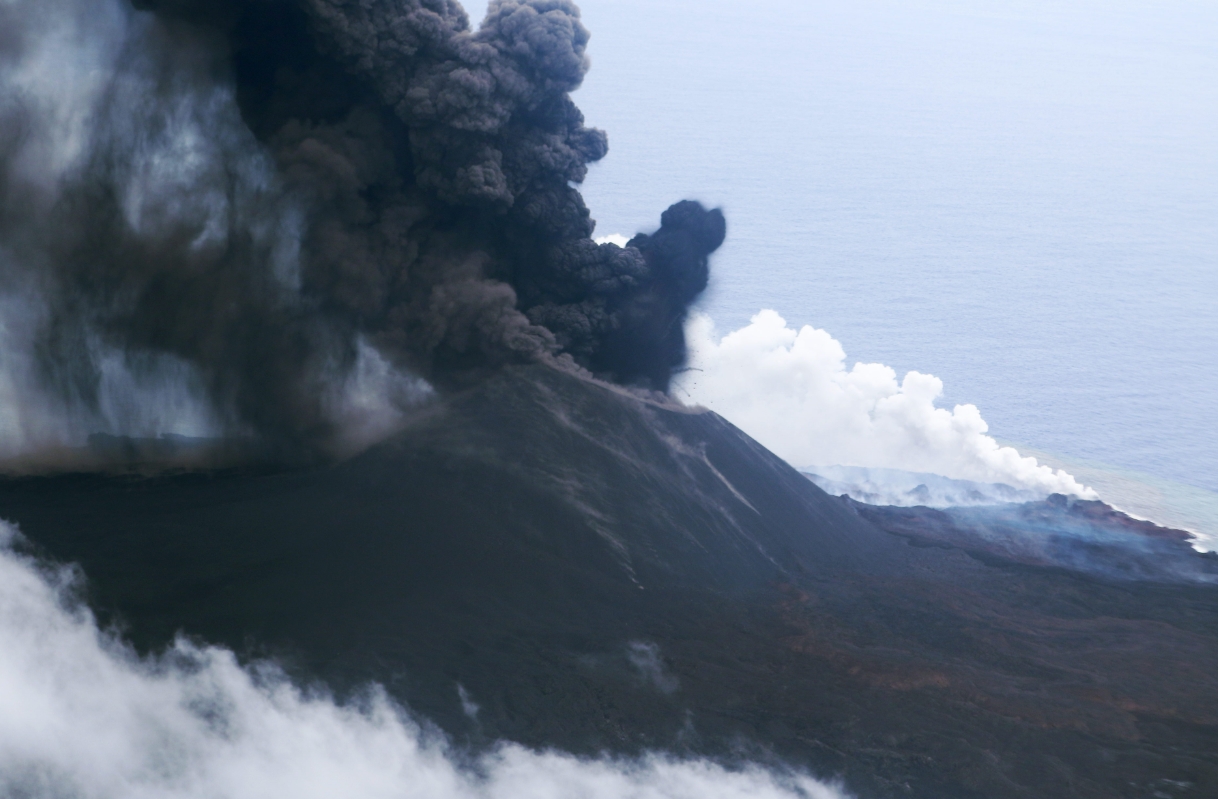
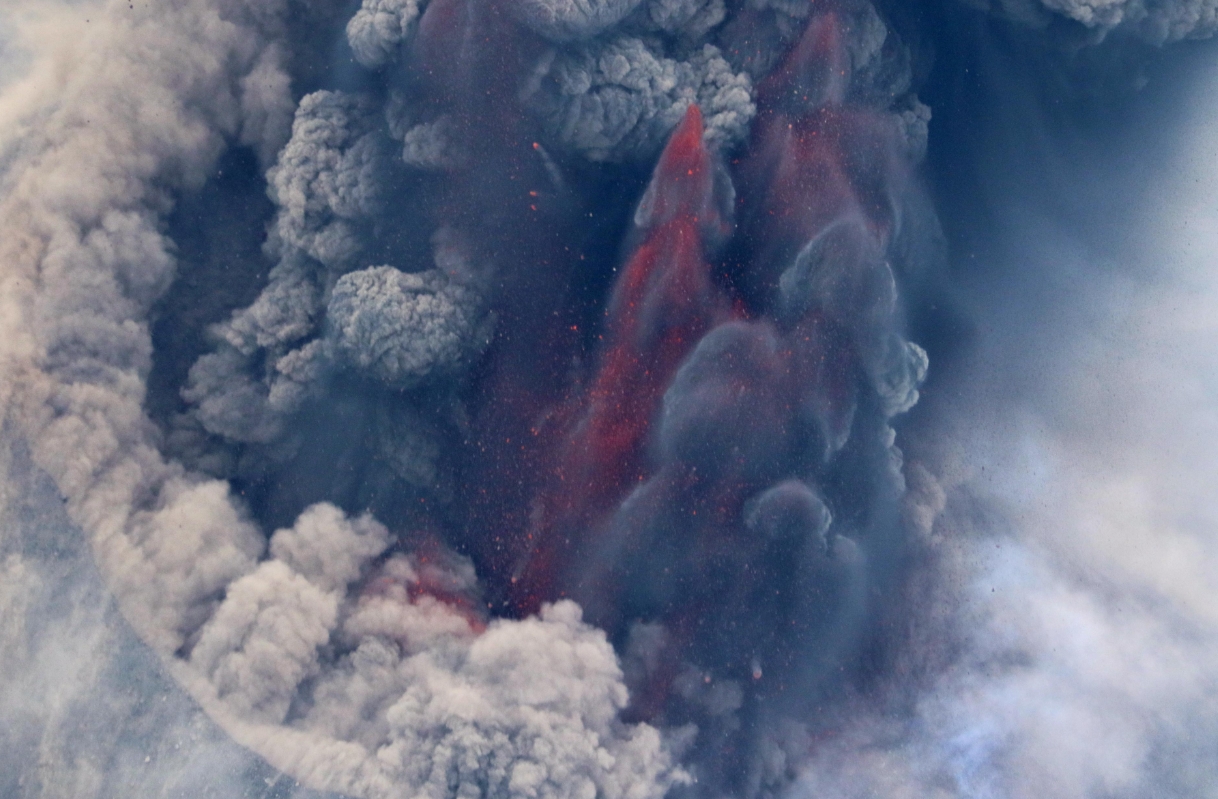
Nishinoshima on June 29. Image credit: JCG
The images below were captured on July 4 and 5:
The formation of lava flows and explosions are expected to continue as the activity at the volcano remains high.
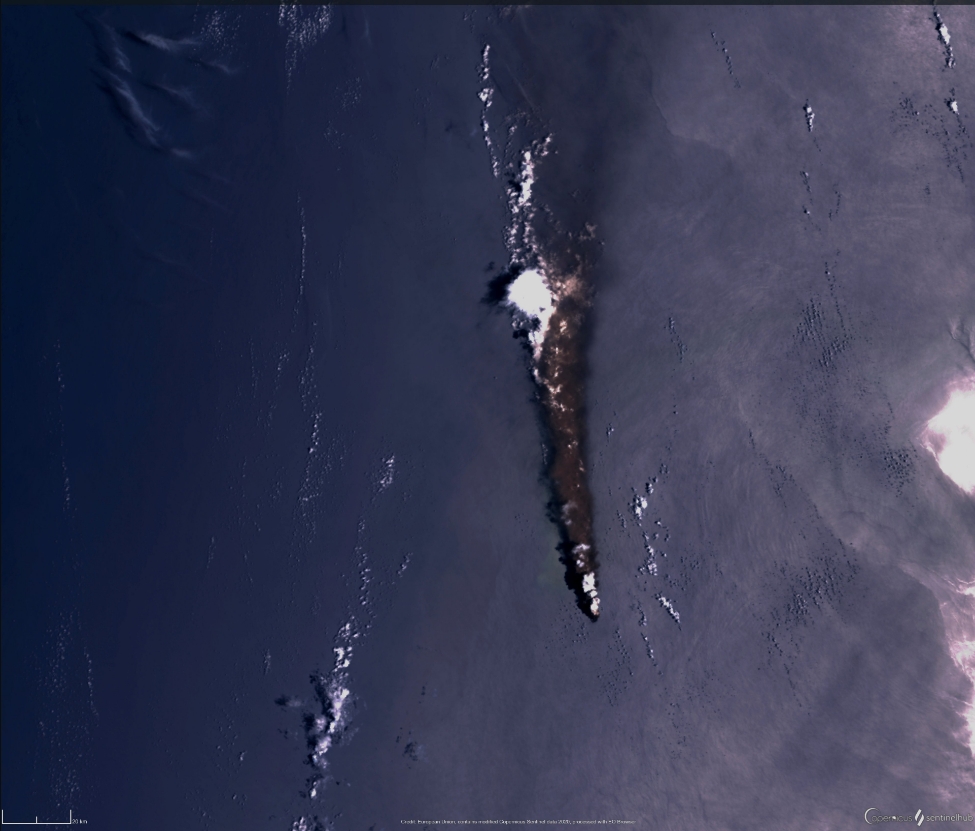
Nishinoshima volcano on July 6. Image credit: Copernicus EU/Sentinel-3
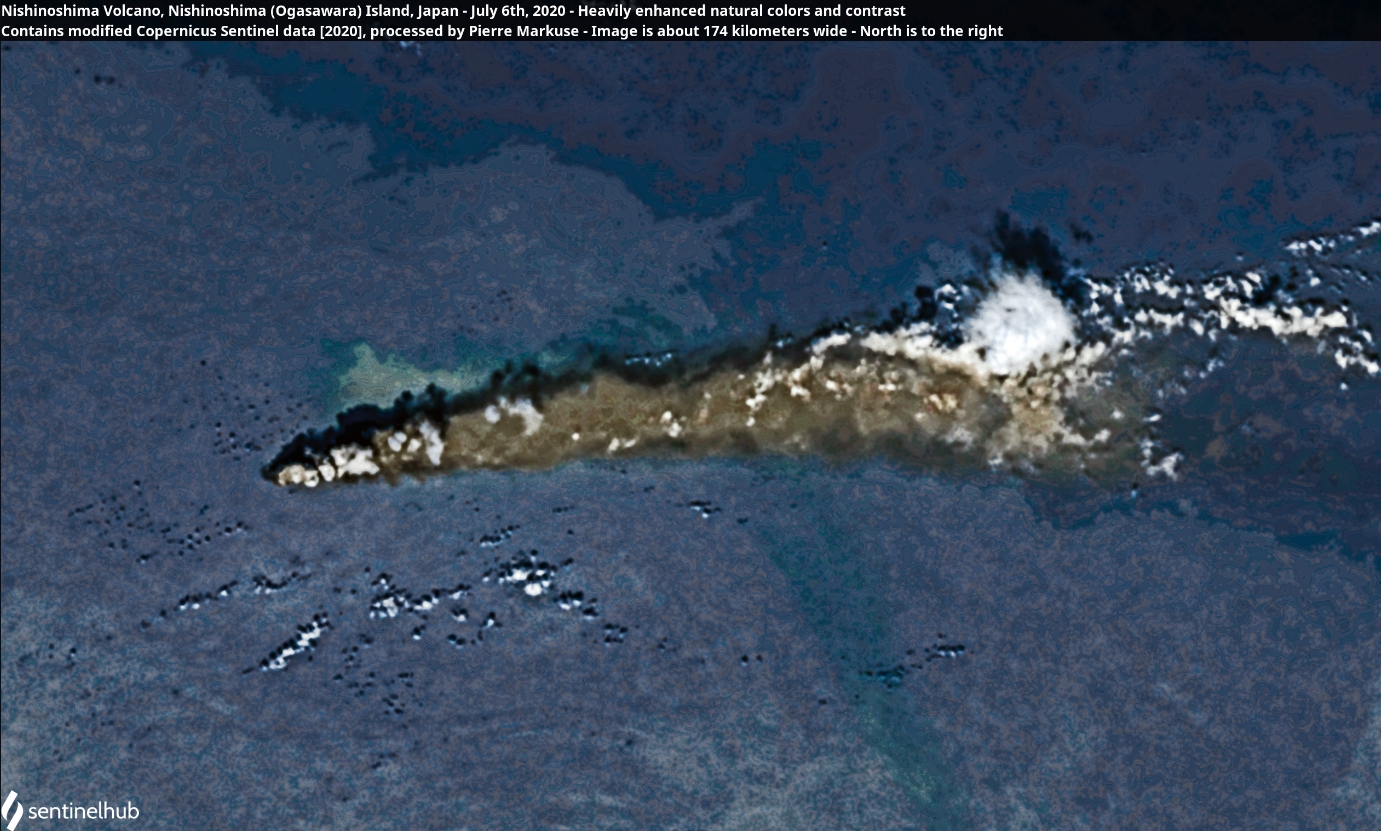
Nishinoshima volcano on July 6. Image credit: Pierre Markuse, Copernicus EU/Sentinel-3
【防災関連情報】#西之島 の火山活動について、本日(7/3)観測した結果を公表。
最新のだいち2号のSAR強度画像では、火砕丘の南西側及び西側で溶岩等によるとみられる地形変化と海岸線の変化が見られます。さらに、火砕丘の成長や南側斜面の地形変化も見られます。https://t.co/XHVUnTuvTL pic.twitter.com/SNu45EpHM6— 国土地理院 (@GSI_chiriin) July 3, 2020
Geological summary
The small island of Nishinoshima was enlarged when several new islands coalesced during an eruption in 1973-74. Another eruption that began offshore in 2013 completely covered the previously exposed surface and enlarged the island again. Water discoloration has been observed on several occasions since.
The island is the summit of a massive submarine volcano that has prominent satellitic peaks to the S, W, and NE. The summit of the southern cone rises to within 214 m (702 feet) of the sea surface 9 km (5.6 miles) SSE. (GVP)
Featured image: Ash rising from Nishinoshima volcano on July 6, 2020. Credit: NOAA-20 (JPSS-1)

Commenting rules and guidelines
We value the thoughts and opinions of our readers and welcome healthy discussions on our website. In order to maintain a respectful and positive community, we ask that all commenters follow these rules.